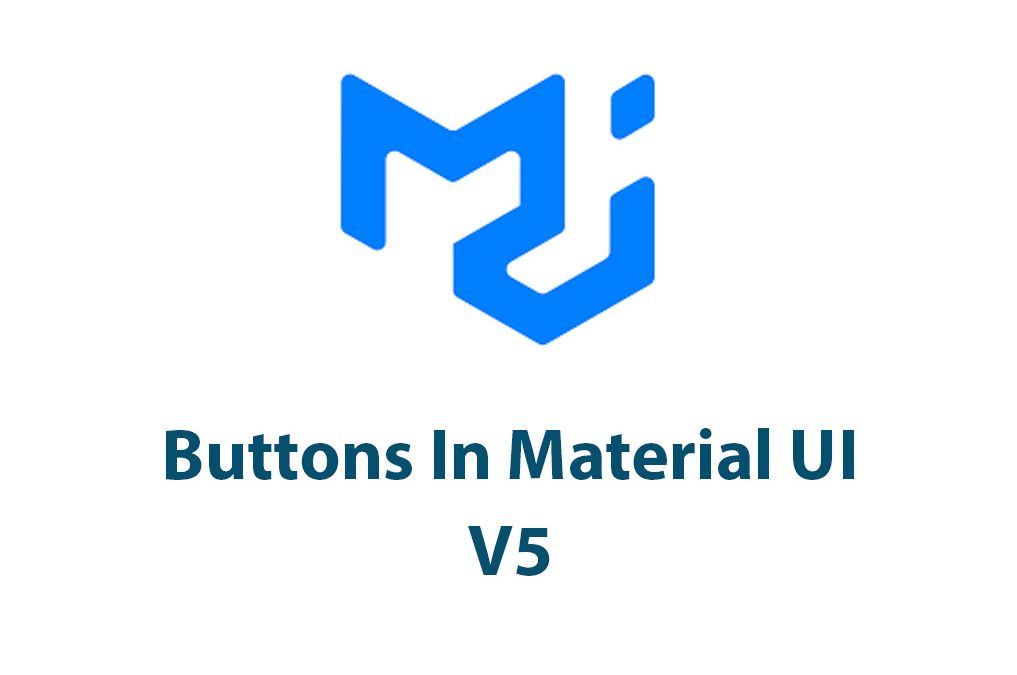Introduction:
If you’re familiar with Material UI, then you already know it is a popular React UI framework. It makes web development easier and faster for developers; this is the reason sites such as Harvard Business Review, Lyft, and Netflix use the framework for their web apps. Material UI v5.0 has recently been released, and one of the core features that received a major update is the Button component. In this article, I will be discussing the updates made to the Button component in Material UI v5 and how to use it, including styling, accessibility, and real-world examples.
Button Components in Material UI V5:
In version 5.0, the Button component now contains four types: Contained Button, Outlined Button, Text Button, and Icon Button.
Contained Button: This button has a solid background color and usually represents the primary action of the page.
Outlined Button: This button has an outline but no background color. It’s suitable for secondary actions such as cancel, back, or reset buttons.
Text Button: This button has no background and only consists of text. It’s generally used for lower priority or tertiary actions.
Icon Button: This button consists only of an icon, and just like the Text button is used for tertiary actions.
Each button type can also have various properties such as, color, size, disabled, fullWidth, startIcon, endIcon, onClick among others.
Let’s create a sample Button component using the Contained Button type.
import React from 'react';
import Button from '@material-ui/core/Button';
export default function SampleButton() {
return (
<Button variant="contained" color="primary" onClick={() => console.log('button press')}>
Press Me
</Button>
);
}Styling Buttons in Material UI V5:
One of the great features of Material UI is its easy-to-use styling system that supports CSS-in-JS styling. Since vanilla CSS can end up becoming a jumbled mess, we would want to avoid that. In Material UI, you can use the makeStyles function to write your CSS-in-JS styles. With this function, you define your CSS rules, and the style is automatically applied to the component.
Here is an example of how the makeStyles function can be used to style a button:
import React from 'react';
import Button from '@material-ui/core/Button';
import { makeStyles } from '@material-ui/core/styles';
const useStyles = makeStyles({
root: {
backgroundColor: 'purple',
'&:hover': {
backgroundColor: 'blue',
},
},
});
export default function StyledButton() {
const classes = useStyles();
return (
<Button className={classes.root} onClick={() => console.log('button press')}>
Press Me
</Button>
);
}Accessibility Features of Buttons in Material UI V5:
It’s important to make sure your application is accessible to everyone, including those with disabilities. Material UI has accessibility features already built-in, making it easier to create accessible button components. Here are some of the properties to make your buttons accessible in Material UI:
- aria-label and aria-labelledby: This is used to provide an accessible label to the button for users who may not understand the text on the button.
- tabIndex: This assigns the tab order of the button.
- Focusable: This determines whether a button can be focused or not.
Here is an example of how to incorporate these features in a button component:
import React from 'react';
import Button from '@material-ui/core/Button';
import { makeStyles } from '@material-ui/core/styles';
const useStyles = makeStyles({
root: {
backgroundColor: 'purple',
'&:hover': {
backgroundColor: 'blue',
},
},
});
export default function AccessibleButton() {
const classes = useStyles();
return (
<Button
className={classes.root}
variant="contained"
color="primary"
focusable
tabIndex={0}
aria-label="Press me"
onClick={() => console.log('button press')}
>
Press Me
</Button>
);
}Real World Examples:
To better understand how to use buttons in Material UI v5, let’s look at some real-world examples and how they can be implemented.
Example 1: Login Button
import React from 'react';
import Button from '@material-ui/core/Button';
import { makeStyles } from '@material-ui/core/styles';
const useStyles = makeStyles({
root: {
backgroundColor: 'purple',
'&:hover': {
backgroundColor: 'blue',
},
},
});
export default function LoginButton() {
const classes = useStyles();
return (
<Button
className={classes.root}
variant="contained"
color="primary"
focusable
tabIndex={0}
aria-label="Login"
onClick={() => console.log('button press')}
>
Login
</Button>
);
}Example 2: Cart Button
import React from 'react';
import Button from '@material-ui/core/Button';
import { makeStyles } from '@material-ui/core/styles';
const useStyles = makeStyles({
root: {
backgroundColor: 'green',
'&:hover': {
backgroundColor: 'darkgreen',
},
},
});
export default function CartButton() {
const classes = useStyles();
return (
<Button
className={classes.root}
endIcon={<ShoppingCartIcon />}
variant="contained"
color="default"
tabIndex={0}
aria-label="Add to cart"
onClick={() => console.log('button press')}
>
Add to Cart
</Button>
);
}Example 3: Sign-Up Button
import React from 'react';
import Button from '@material-ui/core/Button';
import { makeStyles } from '@material-ui/core/styles';
const useStyles = makeStyles({
root: {
backgroundColor: 'orange',
'&:hover': {
backgroundColor: 'red',
},
},
});
export default function SignupButton() {
const classes = useStyles();
return (
<Button
className={classes.root}
variant="contained"
color="secondary"
fullWidth
tabIndex={0}
aria-label="Sign up"
onClick={() => console.log('button press')}
>
Sign up
</Button>
);
}Conclusion:
In conclusion, the Button component in Material UI receives a major update in version 5. It’s now easier to work with and also includes accessibility features. Material UI is a fantastic UI library that reduces the development time and has inbuilt features that work out of the box
such as responsiveness, customizability and easy-to-use APIs. By using these new Button components and implementing accessibility features, we can ensure that our web applications are more user-friendly and that everyone has an equal opportunity to use them. It’s also essential to incorporate the flexibility and customization of Material UI buttons to fit the unique needs of your application; with this in mind, you can create stunning and user-friendly buttons that will engage your users.
Material UI is a vast library, and the Button component is just one of the many components available. The community is continually contributing to the framework, and this means that there are plenty of resources to use, such as updates, documentations, and articles that will expand your knowledge about the Material UI framework.
Furthermore, the material UI’s support team is also active on Github, and they release regular updates and patches to fix any bugs and problems related to the framework. Hence, Material UI holds a strong future for the web development industry, and incorporating its components, including the Buttons component, can prove to be a game-changer for developers and designers alike.
In conclusion, Material UI V5’s Button component is an essential tool to create elegant and user-friendly button designs for web applications. It includes accessibility features and CSS-in-JS styling, making it easy to customize and fit to the unique needs of your application. The updated version 5 of the component offers designers and developers a better chance to achieve unique designs for their applications quickly. By utilizing the Button component, developers can create buttons that enhance the user experience significantly. And above all, with a willingness to experiment and dive into the bug community, developers can continually explore new and creative ways to enhance their applications and the user experience.
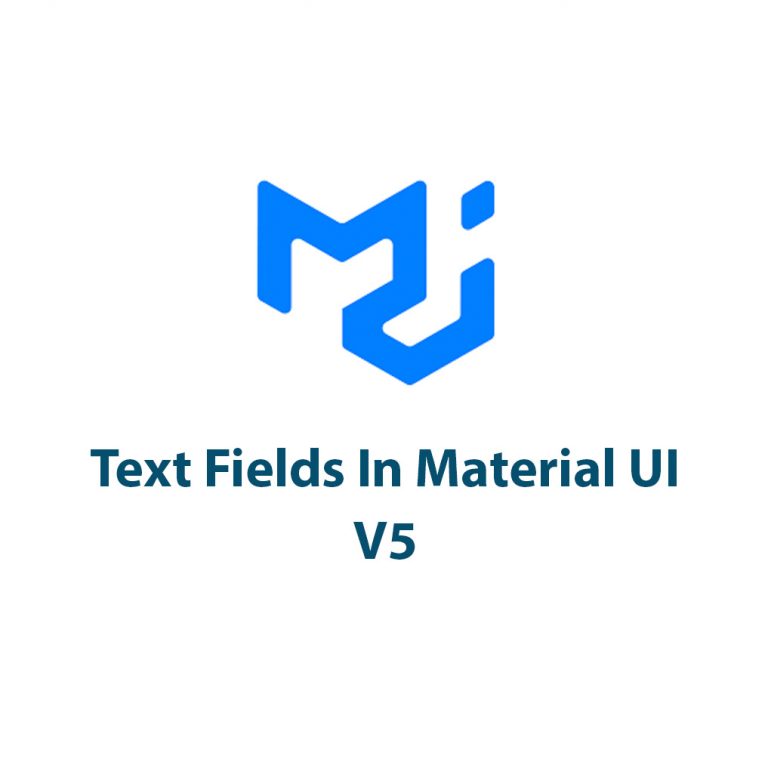
Text Fields In Material UI V5
I. Introduction As the popularity of Material UI as a user interface kit continues to rise, developers have found themselves working with text fields more often. Text fields are one of the most essential elements in any form and Material UI has made using them fun and straightforward.This article seeks to highlight the features, use, […]
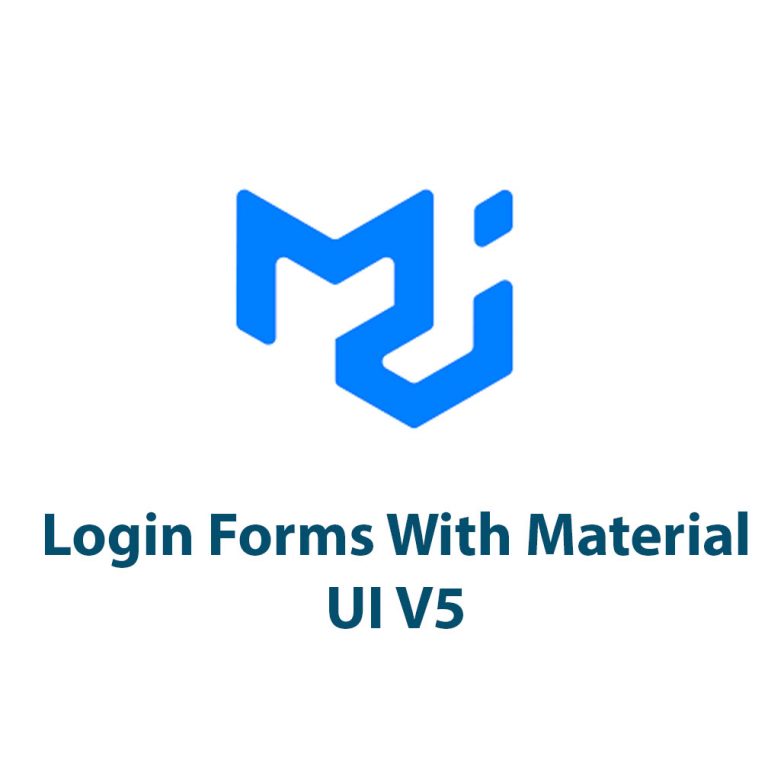
Create Login Forms With Material UI v5
Introduction As a web developer, I’m always on the lookout for efficient ways to create stunning user interfaces. That’s why I’m excited to explore Material UI V5, a library of React components that make it easy to build beautiful web apps. And in this article, I’m going to focus on one essential element of any […]
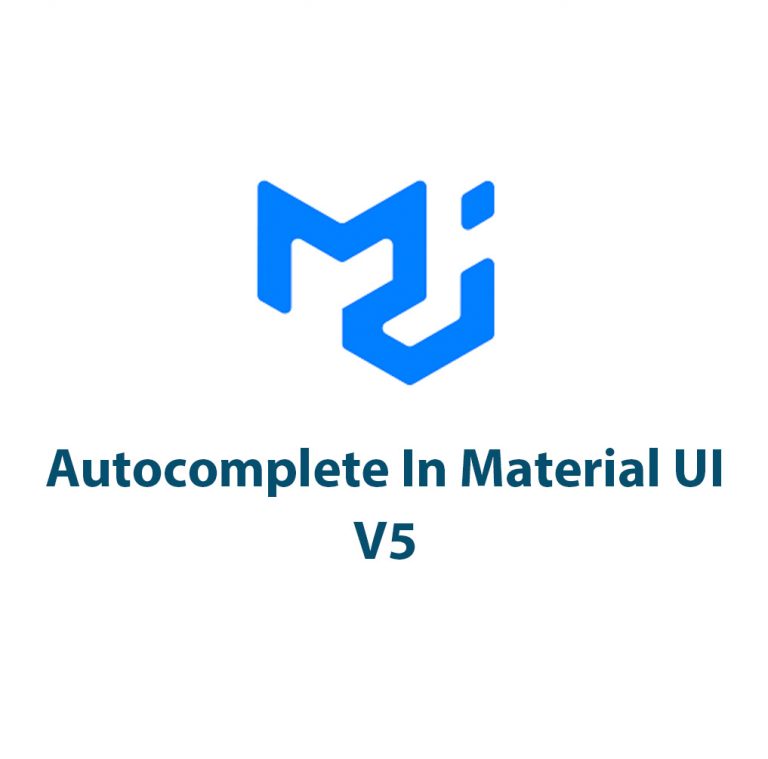
Autocomplete In Material UI V5
Introduction Hello everyone, today I am going to talk about one of the most useful components in Material UI V5 – Autocomplete. Material UI is a popular React UI framework that provides a wide range of pre-designed components to make the development of complex user interfaces simpler. Autocomplete is an intuitive component that provides suggestions […]

Chip Component In Material UI V5
As a web developer, I’m always on the lookout for new and improved tools and frameworks to make my life easier. And one of the tools that has been a staple in my toolkit is Material UI. If you’re not familiar with Material UI, it is a library that provides pre-built UI components for web […]
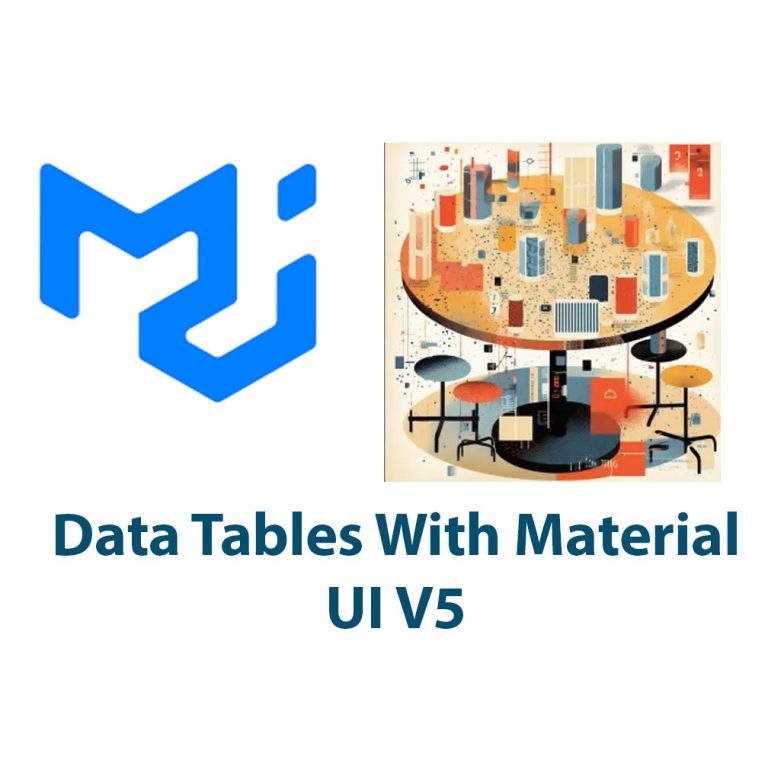
Datatables With Material V5
Introduction Material UI V5 is a popular, open-source library that provides pre-built UI components, themes, and styles for building user interfaces with React. Data tables are a common component used in web development to display data in a tabular format. In this article, I’ll show you how to use Material UI V5 to create stylish […]
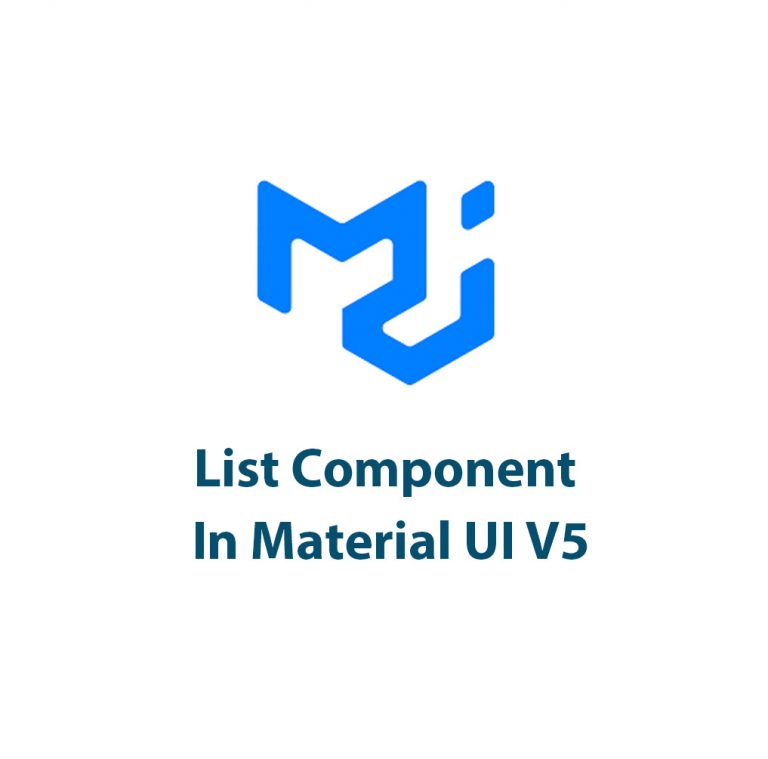
Lists In Material UI V5
Introduction As a UX designer and front-end developer, I’m always on the lookout for tools and libraries that make my job easier. When I first discovered Material UI, I was impressed by how it simplified UI development and improved the consistency of my designs. In this article, I want to focus specifically on lists in […]

